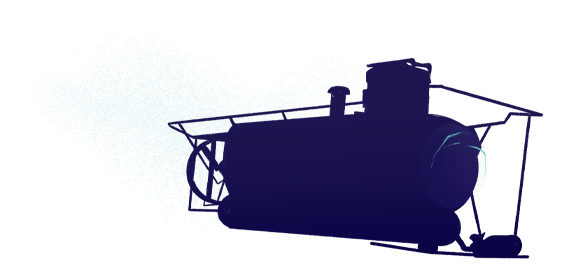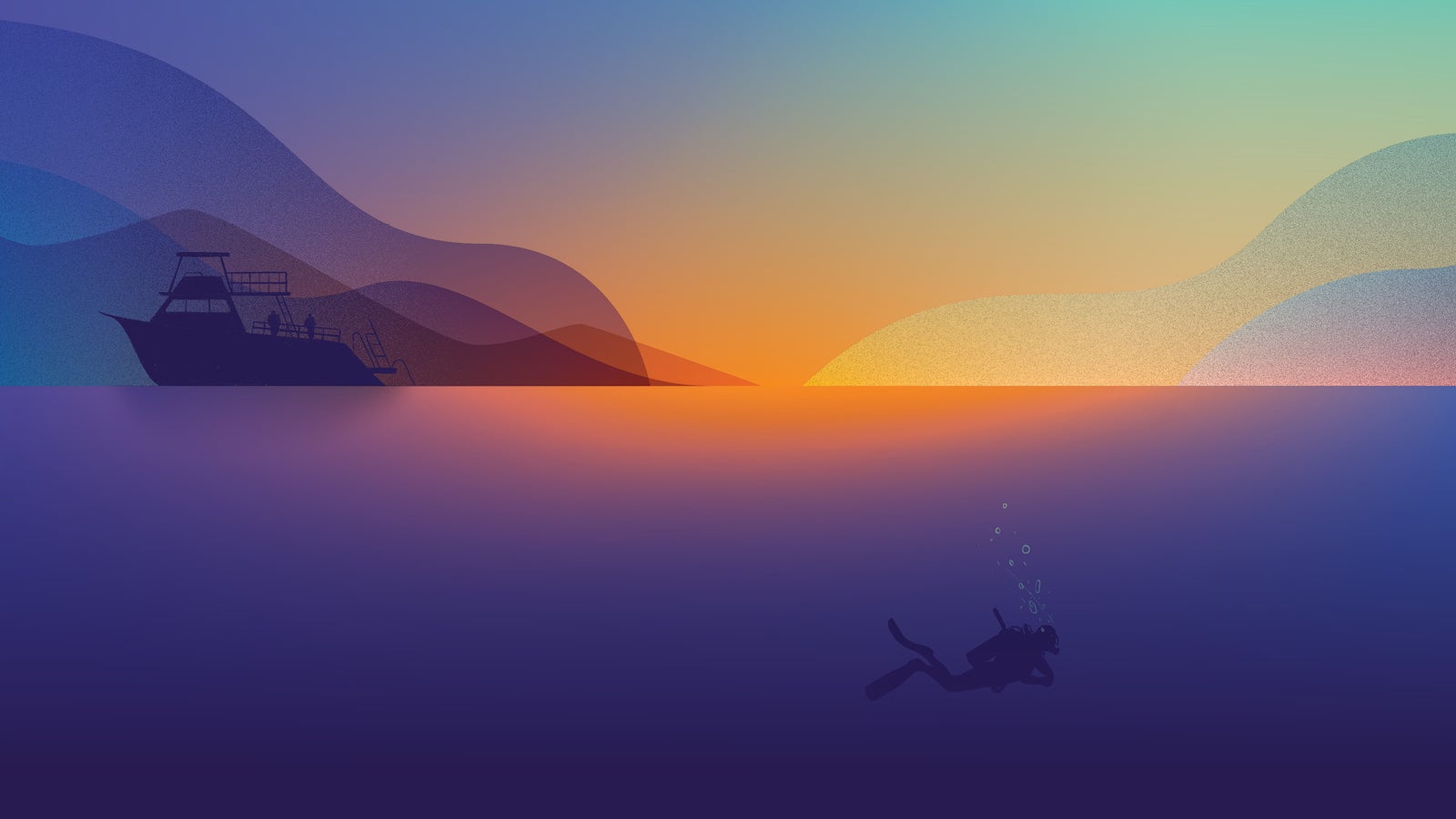
Deep Dive
Spring 2021 | By Laura J. Cole
It is often said that we know more about space than we do about our own oceans. UCF researchers are hoping to change that. From the bacteria that cause us harm to the molecules that could be used to heal us, UCF researchers are searching the high seas in search of answers to what ails us. Here are just a few.
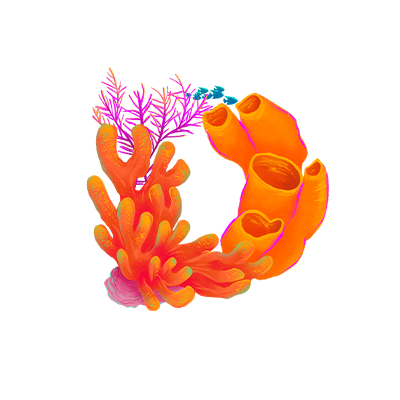
The Diseases:
Cholera and Sepsis
Vibrionaceae are a family of bacteria that live in both salt and fresh waters and cause cholera and sepsis. Found in contaminated waterways, cholera is a severe diarrheal disease that affects up to 4 million people and accounts for up to 143,000 deaths every year. Often contracted through an open wound or by eating raw or undercooked oysters, the species Vibrio vulnificus is a flesh-eating bacteria endemic to Florida that causes potentially deadly sepsis, a life-threatening illness caused by the body’s response to infection. While significantly fewer people will get sepsis than cholera, 1 in 5 people who contract it die, often within a day or two of becoming ill.

Vibrionaceae
The Researcher:
Salvador Almagro-Moreno, assistant professor of medicine and member of the Sustainable Coastal Systems and Genomics and Bioinformatics faculty clusters
The Work:
Using a multidisciplinary approach, Almagro-Moreno and his team examine how harmless bacteria in our waterways can evolve to become dangerous to humans. “We study which genetic and ecological factors make [bacteria] become harmful to humans, emerge from an environmental population, and how they acquire the traits to be able to colonize us,” Almagro-Moreno says. His lab aims to identify emergent strains and develop safe, affordable treatments against them.
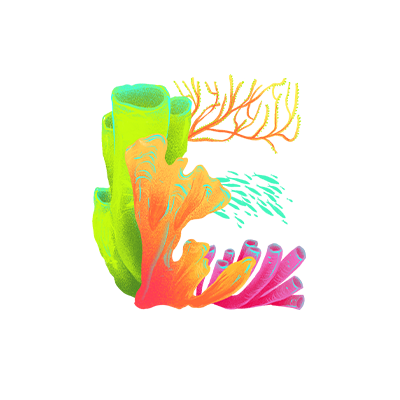
The Disease:
Malaria
Transmitted by infected mosquitoes, Plasmodium is a parasite that causes malaria. In 2019 alone, there were an estimated 229 million cases of malaria worldwide and more than 400,000 deaths.
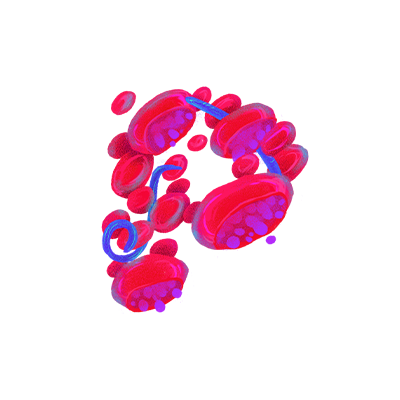
Plasmodium Falciparum
The Researcher:
Debopam Chakrabarti, professor and head of molecular microbiology
The Work:
For more than 10 years, Chakrabarti and his team have explored antimalarial compounds found on land and under the sea to combat Plasmodium Falciparum, the deadliest species of malaria. They were able to successfully stop the growth of a drug-resistant strain and cure malaria in mice using dragmacidin G, an alkaloid compound found in some species of sponges. “Partnering with Harbor Branch Oceanographic Institute, we screened close to 5,000 marine samples to identify their chemical structures,” Chakrabarti says. “As a result, we identified about eight novel structures that have treatment potential, won two National Institutes of Health grants, were awarded a patent, and hope to move to preclinical studies in the future.”
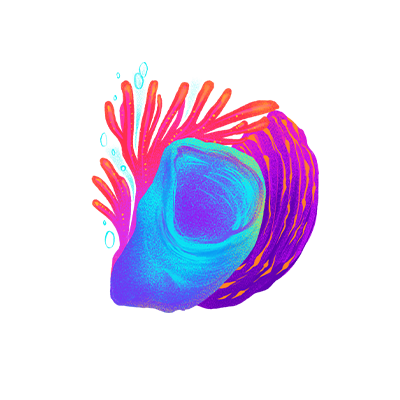
The Disease:
Colitis
Clostridioides Difficile, better known as C. diff, is a bacterium that causes colitis and is most commonly contracted in hospitals or long-term care facilities. Every year it infects nearly half a million Americans with inflammation of the colon and deadly diarrhea and accounts for an estimated 15,000 deaths.
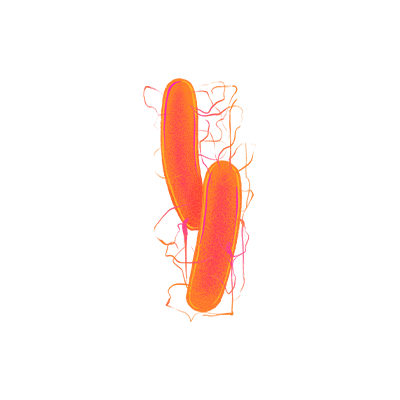
Clostridioides Difficile
The Researcher:
William Self, associate director of undergraduate affairs and professor of medicine
The Work:
Self and his team earned a patent for successfully using puupehenone, a compound found in some species of sponges and coral, to kill C. diff in test tubes. The team still has to successfully treat colitis in animal and human clinical trials before a pharmaceutical can be approved from this patent. “We need to find new therapies because there will always be growing resistance to the current drugs,” Self says.
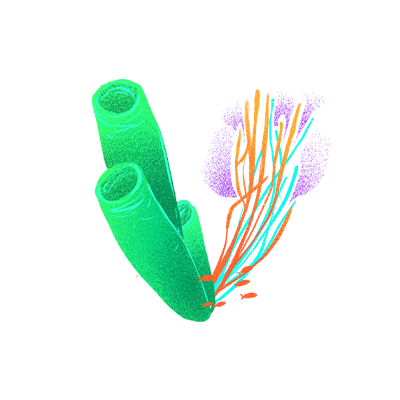
The Disease:
Tuberculosis
Prior to the COVID-19 pandemic, tuberculosis was the deadliest infectious disease on the planet. According to the World Health Organization, globally more than 10 million people contract the airborne pulmonary disease, and 1.5 million die from it every year.

Mycobacterium Tuberculosis
Researchers:
Kyle Rohde, associate professor of medicine
Discovery:
Using an engineered luminescent strain of MYCOBACTERIUM TUBERCULOSIS — the bacterium that causes tuberculosis — to mimic an infection, Rohde and his team screened a collection of marine natural products and discovered that puupehenone is able to kill dormant TB bacteria. “We found a chemical compound that was actually 10 times more effective in killing the hard-to-kill bacteria, which is very unusual,” Rohde says. As a result, their research has earned NIH funding, and he is working with Steven Sucheck, a professor of chemistry at the University of Toledo in Ohio, to recreate puupehenone as a synthetic compound. Using this synthetic compound, they will work to understand how it selectively kills dormant TB.
